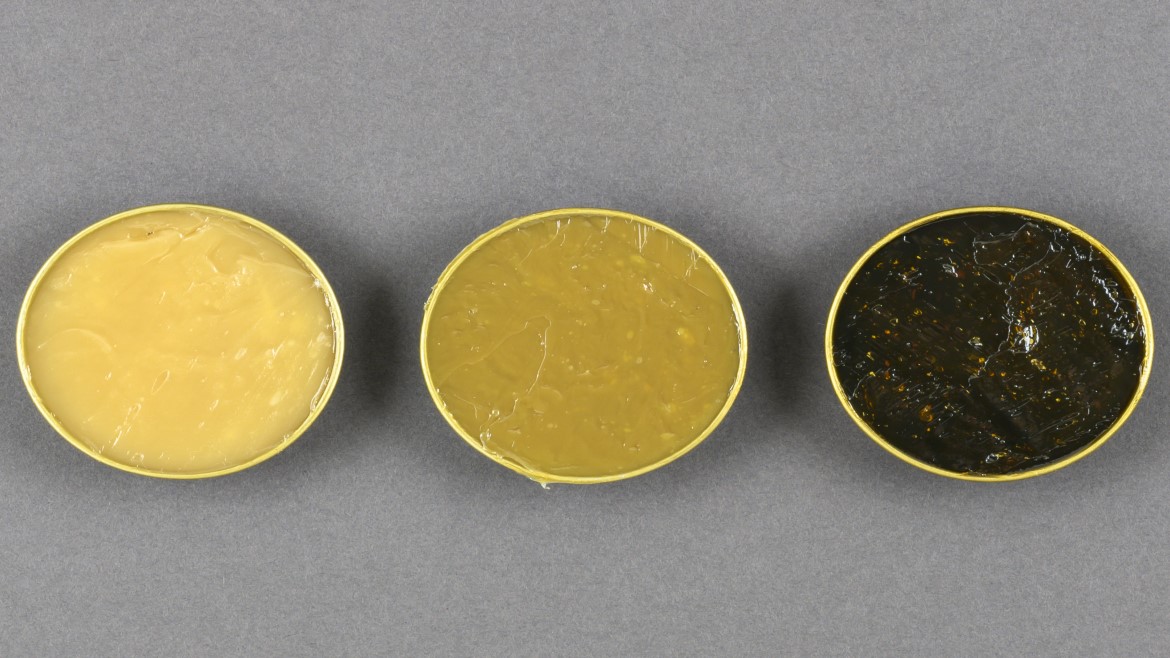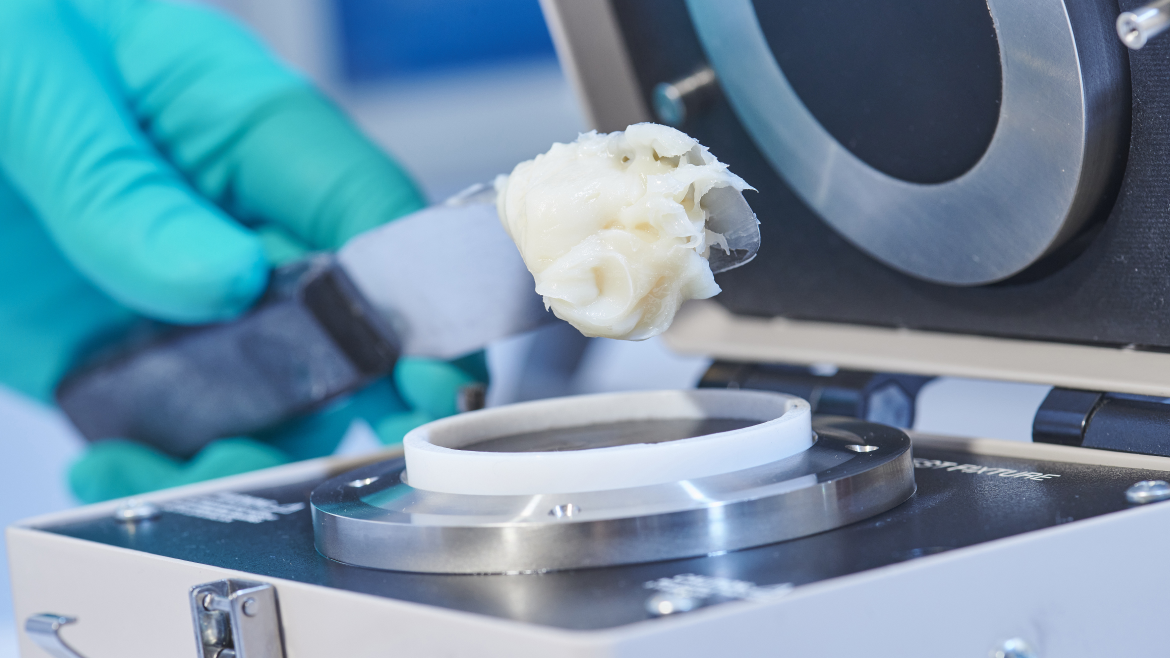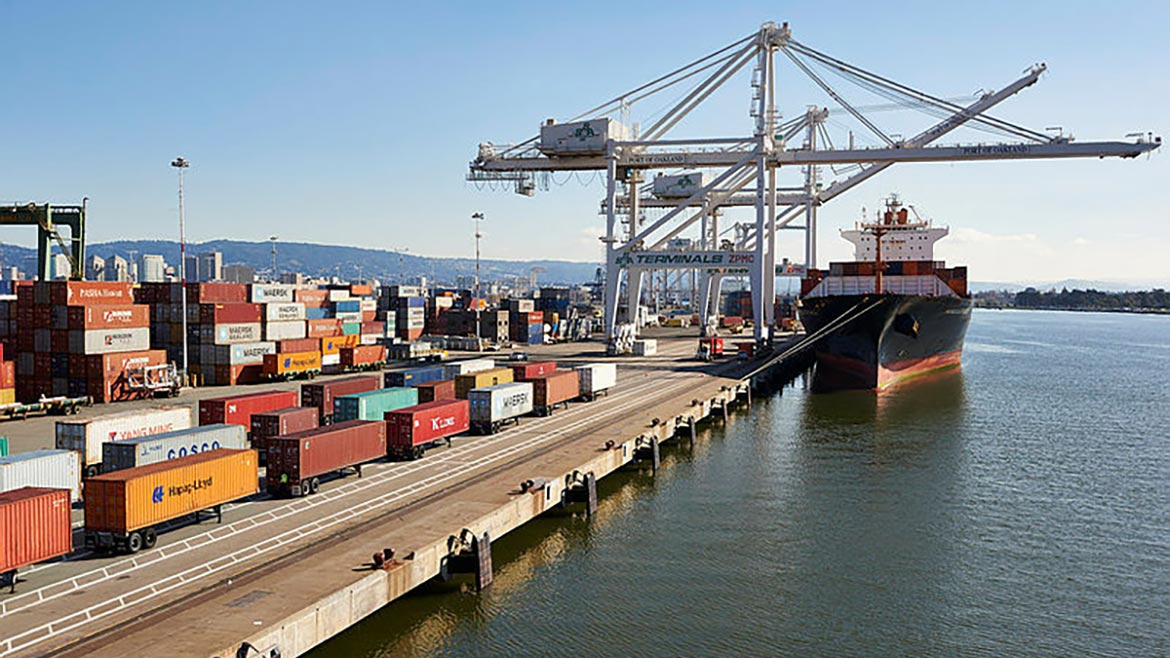Jun 14, 2022
Posted by John K. Pudelski, Sr. Director, Industrial Technology
Hydraulic fluids provide many important functions such as power transmission, cooling, sealing, protecting hardware from wear, reducing friction, preventing rust and corrosion and keeping hardware free of deposits, sludge and varnish. Additive components in hydraulic fluids provide or contribute to many of these functions.
There is tremendous variety in hydraulic applications and consequently hydraulic fluid additive component formulations differ considerably depending on the application. Examples include zinc-based fluids, zinc-free fluids, bio-fluids, fire resistant fluids, water emulsifying fluids and water demulsifying fluids. For purposes of simplicity, this review will focus on Zn-based water demulsifying hydraulic fluids.
Prevalent additive types in hydraulic fluids are listed below. The typical number of additive components varies from 5 to 15 and typical overall treat rates vary from 0.3 wt% to 3.5 wt%. Modern, higher-performing fluids have more additive types and higher overall additive treat rates.
- Antiwear agents
- Demulsifiers
- Antioxidants
- Yellow metal deactivators
- Rust inhibitors
- Antifoam agents
- Friction modifiers
- Dispersants
- Polymer additives
- Other classes (e.g., detergents, extreme pressure agents) not covered here
Antiwear Agents
The most prevalent class of hydraulic fluid in the market are the zinc-based antiwear hydraulic fluids, so named because their primary antiwear agent is a zinc dialkyldithiophosphate (ZDDP). ZDDPs are highly cost effective antiwear agents and have been used widely for decades in crankcase lubricants, driveline lubricants and numerous industrial lubricant types. They provide antiwear by adsorbing to metal surfaces and reacting to form polyphosphate-containing wear films that protect the surfaces from wear (Figure 1). ZDDPs in hydraulic fluids provide wear protection in hydraulic pumps where there is metal-metal contact. There is considerable variety in ZDDP structures and compositions. ZDDPs used in hydraulic fluids are chosen for high thermal stability in addition to antiwear performance. As their name implies, ZDDPs contain sulfur and phosphorus, accounting for much of these elements seen in chemical analysis of hydraulic fluids.
Figure 1. ZDDP Structure and Mechanism
Demulsifiers
Demulsifiers help to separate water from the hydraulic fluid, allowing it to be drained from the system. Removing water is one way to control rust and corrosion in the hardware and reduce sludge in the system. Despite their critical role, demulsifiers are typically present in the fluid at low treat levels, often less than 100 mg/kg. Demulsifiers are often mini-formulations themselves with multiple sub-components such as treaters, water droppers and clarifiers. Polyethers such as polyethylene oxide and polypropylene oxide are common sub-components. The mechanism of demulsifier activity is based on low solubility in oil and activity at the surface of water droplets in oil. Because of low solubility, drop-out from the oil and deactivation are concerns and frequent quality complaints. Because of high surface activity, demulsifiers interact strongly with other additive components and also interact strongly with base oils. Formulation sensitivity is strong and despite their low treat rate, considerable formulator effort is exerted to properly choose demulsifiers.
Antioxidants
Reaction of oxygen with base oil and additive components leads to formation of alcohol, peroxide, aldehyde, ketone and carboxylic acid species, which can undergo further oxidation to cause sludge and varnish. These reactions increase at elevated temperatures. Among other negative impacts, sludge and varnish buildup on hardware impairs proper operation. Some of the oxidative degradation products such as carboxylic acids can cause yellow metal corrosion or promote rust. Antioxidant components are used to prevent or reduce oxidation and its negative impacts. Common antioxidant types in hydraulic fluids include hindered alkylphenols and alkyl substituted diarylamines. Combinations of different antioxidant types are frequently employed for increased effectiveness. Similar versions of these antioxidants are used in crankcase, driveline and other industrial lubricants. These antioxidants work by several mechanisms, including decomposing peroxides and species involved in the oxidation chain reaction. ZDDP antiwear agents also show antioxidant behavior, by scavenging or decomposing species involved in the oxidation chain reaction and by other mechanisms.
Copper and Yellow Metal Passivators and Rust Inhibitors
The metallurgy in hydraulic pumps and systems is susceptible to numerous types of electrochemical and chemical corrosion. Copper and yellow metal passivators are used to protect hardware made of copper alloys from corrosion and rust inhibitors are used to protect hardware made of ferrous metals from rust. Passivators are often a class of chemicals called triazoles, containing nitrogen, often with hydrocarbon substituents to increase solubility in oil (Figure 2). Another common passivator is a class of chemicals called thiadiazoles, containing nitrogen and sulfur, again with hydrocarbon substituents for oil solubility. Each class of passivator acts by adsorbing to surfaces containing copper to provide deactivation by forming a barrier film. Rust inhibitors are often neutral calcium salts of alkylated benzene or naphthalene sulfonic acids, sometimes called neutral calcium detergents. These inhibitors act by adsorbing to surfaces containing iron to provide a protective barrier film. They contribute calcium seen in chemical analysis of hydraulic fluids.
Figure 2. Copper Passivator Structures and Mechanism
Antifoams
Excessive hydraulic fluid foaming, or the presence of many air bubbles at the fluid surface, can cause problems such as fluid life shortened by increased oxidation, poor lubrication of the equipment, increased fluid compressibility, noise and entrainment of air, which can further lead to cavitation damage to the equipment. Formulators prevent these problems by use of antifoam agents. Antifoams work by destabilizing the air-fluid interfaces of air bubbles, which collapses the air bubbles. The mechanism is thought to involve the antifoam bridging the air-fluid film interface and then film rupture and collapse of the air bubble by dewetting or by stretching and thinning of the bridge (Reference 1). Antifoams are typically effective at treat rates < 100 mg/kg.
Several classes of polymers are effective antifoams. In many lubricants applications polysiloxane polymers are the antifoam of choice. In hydraulic fluids, alkyl acrylate polymers are preferred because they have less negative impact on air entrainment properties in comparison to polysiloxanes, although their antifoam properties may be weaker. Furthermore, some hydraulic applications have incompatibilities with polysiloxanes.
Friction Modifiers
Friction modifiers (FMs) are used in many lubricant types, including hydraulic fluids, to reduce friction at sliding or rolling interfaces under boundary lubrication conditions, such as in hydraulic pumps. In many cases FMs also reduce wear at these interfaces. FM molecules have head-tail structures. The head, which is polar and less oil soluble, adsorbs to metal surfaces and the tails, which are short (typically ≤ C18) oil soluble hydrocarbon chains, extend into the fluid. FMs align like this in a regular pattern at the surface to reinforce a fluid film (Figure 3). Fatty acid groups from plant or animal oils make excellent FMs and FM precursors and common FM types include fatty amines, fatty amides and fatty esters. Use of FMs presents several challenges to formulators and requires careful balancing. Due to their affinity to metal surfaces and potential surface competition with yellow metal passivators FMs can cause yellow metal corrosion. As surface active molecules, FMs can also compete and interfere with demulsifiers at oil-water interfaces and cause demulsification problems. Finally, some fatty FM tails have poor oxidative stability and can reduce oxidation and sludge performance of the oil.
Figure 3. Surface Film Formation by Friction Modifiers
Dispersants
The function of dispersants is to keep hardware and systems clean of sludge and varnish, which they do by keeping sludge, varnish and their precursors dispersed in the oil with low impact on fluid properties. Dispersants are heavily used in crankcase oils to disperse sludge in gasoline engines and soot in diesel engines but they also find use in hydraulic fluids, where they can be highly effective. Dispersants are a very broad chemical class, generally produced by the reaction of polyisobutenyl succinic anhydrides (PIBSA) with polyamines or polyalcohols. It is useful to think of dispersants as head-tail type structures. The highly surface-active head of a dispersant (from polyamine or polyol) adsorbs to contaminant particles in the oil and their highly oil soluble tail (from polyisobutylene) helps prevent these particles from agglomerating. The high surface activity of dispersants leads to problems with demulsification. In fact, dispersants are often good emulsifiers and are often used for this purpose in hydraulic fluids designed to emulsify water. Dispersants can also compete with antiwear agents, metal passivators and rust inhibitors for surfaces and impede the performance of these components. Use of dispersants in hydraulic fluid requires careful choice of dispersant and careful balancing by the formulator.
Performance Polymer Additives
Polymer additives are used in many lubricant applications and provide numerous benefits in performance and properties. Because many of the benefits relate to viscometric properties, polymer additives are often called viscosity modifiers (VMs). In hydraulic fluids, major benefits of polymer additives are improving viscometric properties at low temperature and improving energy efficiency. Polymer treat rates are often higher than treat rates of other additives, typically 2-6 wt%. Polymer use at these treat rates allows the formulator to change the ratio of base stocks in the formulation, generally reducing heavier cuts and increasing lighter cuts, with the net effect of lower viscosity at low temperatures and higher viscosity index (VI). VI is a measure of how a fluid’s viscosity changes with temperature. Higher VI indicates less change of viscosity with temperature. In many applications, higher VI is one of the factors associated with increased energy efficiency.
Polymethacrylates (PMAs) are a well-established class of hydraulic fluid polymer additives known to improve low temperature properties, increase VI and offer energy efficiency benefits. Liquid olefin copolymers are a type of polymer additive more recently considered for hydraulic fluids. Olefin copolymers impart increased fluid VI and have also been shown to improve fluid flow characteristics, thereby improving energy efficiency (Reference 2). Olefin copolymers also help reduce fluid temperatures during operation and pressure losses in hydraulic circuits.
One drawback of polymer additives is shear. As polymer chains are sheared during use, the viscosity of the fluid and viscometric benefits provided by the polymer decrease. Concerns for equipment durability then arise. Higher polymer molecular weights (longer polymer chains) impart higher fluid VI but are more prone to shear vs. lower molecular weights. Some linear high molecular weight polymers may therefore be unsuitable for applications with shear loss requirements. Once again, the formulator must balance carefully.
Select Trends Impacting Additive Component Use
Regulatory: Toxicological testing required by EU REACH and other chemical control laws is changing the classification and labeling (C/L) of many additives that have long been used in the market. Where this negatively impacts the C/L of a finished lubricant, fluid manufacturers, OEMs and/or end users often request reformulations to avoid this. It is a significant challenge for formulators to match historical performance with cost-effective non-C/L alternatives. Additive classes with recent significant regulatory changes include commonly used yellow metal passivators and antioxidants. ZDDPs are currently undergoing extensive testing for EU REACH. More countries adopting REACH-like laws and testing requirements for commonly used hydraulic additive components will continue to threaten the availability of these chemistries, challenge the skill of formulators and keep the market dynamic.
Base oil use: Like other lubricant applications, hydraulic fluids are increasingly formulated with higher group base oils. Grp I base oils are being replaced with Grp II and Grp III. Among other changes, the solvency characteristics of higher group base oils are different from Grp I and formulators must contend with new interactions between higher group base oils and additives. New interactions impact historical performance balances and frequently lead to solubility challenges. Additionally, these new interactions can impact seals compatibility.
Application demands: The historical desire for longer drain intervals continues to persist and impact additive treat rates. Longer drains can often be achieved by higher additive treat rates. The trend of more compact equipment, smaller sumps and lower fluid volume also impacts additive use. In these situations the fluid absorbs more energy and use of additive types such as antioxidants may therefore need to increase. Desire for increased energy efficiency exists in many lubricant applications, including hydraulic fluids. Energy efficiency is driving increased study and use of polymer additives and increased assessment of friction modifiers.
Our View
Hydraulic fluids are complex and carefully considered formulations, containing additive components from at least 10 different classes. Many of these classes also have sub-classes, adding to the complex picture. Because there is a large variety of hydraulic applications there are many hydraulic fluid types and many additive component formulations. Market trends such as use of higher group base oils, regulatory challenges including C/L and desire for increased energy efficiency continue to drive changes in hydraulic fluid additive component use. Almost always, additive components provide benefits but also have detriments. It is the job of the formulator to carefully balance benefits and detriments of additive components in pursuit of formulations that meet the changing needs of oil marketers, OEMs and end users.
References
(1) N. D. Denkov, Langmuir, 2004, 20, 9463
(2) I. K. Karathanassis, E. Pashkovski, T. Smith, et al., Journal of Non-Newtonian Fluid Mechanics, 2020, 275, 104221









